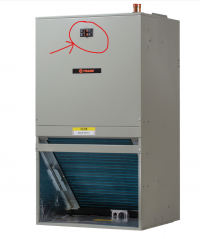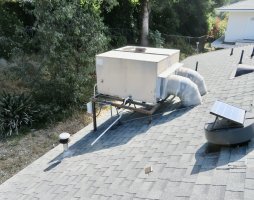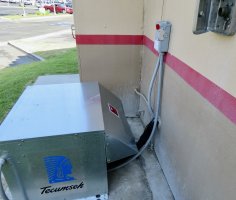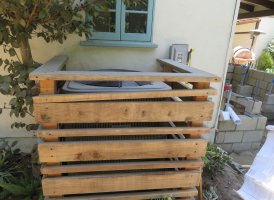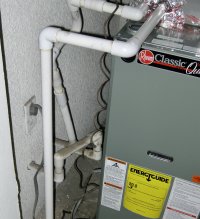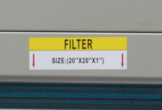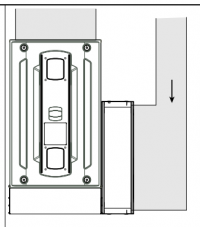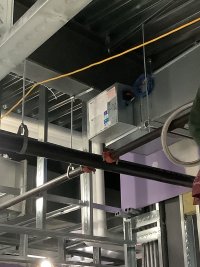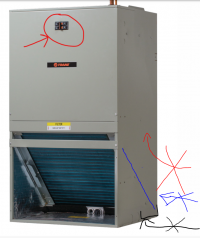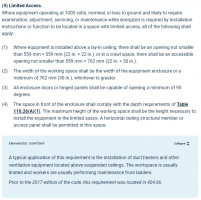jar546
Forum Coordinator
We had a bit of a contentious thread when I started this one linked below:
Click Here for the Original Thread
Looks like, in the 2023 NFPA 70, the change was made that requires working clearance under 110.26 for mechanical equipment disconnects. Every cycle was put in for code changes to have the requirement for 110.26 added to 440.14, and every time it was rejected because the code panel said that it was "obvious" that 110.26 applied because disconnects are electrical equipment. This is no longer debatable by those that have difficulty reading and comprehending.
Now that we know the intent of the code and how it is being clarified in 2023. The debate is put to rest by that can read and comprehend. No more debate. Finally!
440.14 Location.
Disconnecting means shall be located within sight from, and readily accessible from, the air-conditioning or refrigerating equipment. The disconnecting means shall be permitted to be installed on or within the air-conditioning or refrigerating equipment. Disconnecting means shall meet the working space requirements of 110.26(A).
The disconnecting means shall not be located on panels that are designed to allow access to the air-conditioning or refrigeration equipment or where it obscures the equipment nameplate(s).
Click Here for the Original Thread
Looks like, in the 2023 NFPA 70, the change was made that requires working clearance under 110.26 for mechanical equipment disconnects. Every cycle was put in for code changes to have the requirement for 110.26 added to 440.14, and every time it was rejected because the code panel said that it was "obvious" that 110.26 applied because disconnects are electrical equipment. This is no longer debatable by those that have difficulty reading and comprehending.
Now that we know the intent of the code and how it is being clarified in 2023. The debate is put to rest by that can read and comprehend. No more debate. Finally!
440.14 Location.
Disconnecting means shall be located within sight from, and readily accessible from, the air-conditioning or refrigerating equipment. The disconnecting means shall be permitted to be installed on or within the air-conditioning or refrigerating equipment. Disconnecting means shall meet the working space requirements of 110.26(A).
The disconnecting means shall not be located on panels that are designed to allow access to the air-conditioning or refrigeration equipment or where it obscures the equipment nameplate(s).

